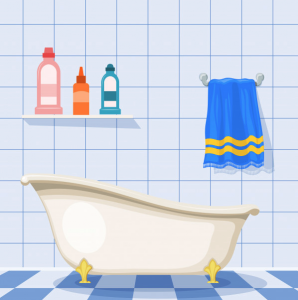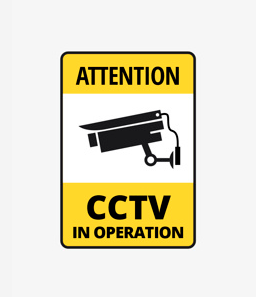 Every year, there are numerous reports of infants or toddlers mistakenly being left in hot cars resulting in their untimely death. Children have mistakenly been left in hot cars usually from their parents forgetting to drop them off by a day care center on their way to work. The temperature inside a vehicle during hot and warm weather months easily escalates to the point that a child dies from extreme heat. One moment of inattention can lead to lifetimes of loss and hurt for families and communities. There are measures that can be taken to reduce hot car deaths; the National Safety Council reported that 51 children nationwide died in 2019 after being left in hot cars. Heat stroke has been named the leading cause of non-crash, vehicle-related deaths in children under the age of 15. Certainly, the overall goal or mission should be an annual report that cites the number of hot car deaths at zero.
Every year, there are numerous reports of infants or toddlers mistakenly being left in hot cars resulting in their untimely death. Children have mistakenly been left in hot cars usually from their parents forgetting to drop them off by a day care center on their way to work. The temperature inside a vehicle during hot and warm weather months easily escalates to the point that a child dies from extreme heat. One moment of inattention can lead to lifetimes of loss and hurt for families and communities. There are measures that can be taken to reduce hot car deaths; the National Safety Council reported that 51 children nationwide died in 2019 after being left in hot cars. Heat stroke has been named the leading cause of non-crash, vehicle-related deaths in children under the age of 15. Certainly, the overall goal or mission should be an annual report that cites the number of hot car deaths at zero.
In efforts to reduce the number of deaths, Alabama lawmakers are working to pass a bill named after an 11-month-old boy who died last year after being left in the back seat of a car with his sister. The Cash Edwin Jordan Act would require daycares statewide to call a child’s parent or guardian if the child has not been dropped off by 9:30 each morning. This would apply to all daycares in the state, regardless of if they are public or private, and should not be too difficult to implement. The hope is that parents of children who are out for health reasons would give daycares advance notice, making the calling system an easy and efficient solution.
Parents and caregivers can also work to prevent hot car deaths by leaving essential items like cell phones, wallets, or ID cards in the backseat. Adults can also make a habit from checking the back seat of their cars before walking away and by reminding children that cars should not be used for games like hide-and-seek. Car keys should always be out of a child’s reach and cars should be locked at all times. Phone alarms can also be set for a driver’s time of arrival to remind them to check their back seat before leaving.
 Child Injury Lawyer Blog
Child Injury Lawyer Blog










